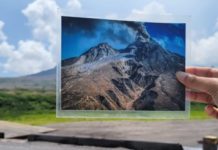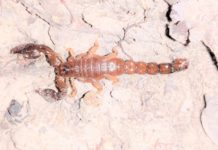Chytridiomycosis (chytrid) is caused by the primitive fungus Batrachochytrium dendrobatidis (Bd). Bd is one of approximately 1,000 species of fungus within the Phylum Chytridiomycota. Living mostly on dead and rotting matter, they are reliant on moist environments to survive. Bd was discovered in 1999 and is the only species known to infect a vertebrate. Bd only infects amphibians and there is no evidence that it can be transmitted to other taxa.
The fungus affects the outermost layers of skin of adult amphibians and the mouthparts of the tadpoles, frogs and toads. In adults it has the greatest effect on the vascular drink patch region over the pelvis, is involved with many body functions, including water uptake and osmoregulation. Bd seems to affect the accumulation of keratin in the skin, which causes the skin to thicken and become less permeable to fluids and salts. This in turn affects the balance of electrolytes within the body and can cause heart failure.
Chytrid fungus can survive between 10-25 oC, however its optimum temperature range is 18 – 20 oC. Interestingly, exposure to elevated ambient temperature (>28 oC) has been used to treat dendrobatid frogs suffering from chytridiomycosis, but this does not always result in a cure: when the ambient temperature returns to normal, the disease can reappear.
It is clear that while chytrid infects all amphibians, it is not fatal to all species. Some amphibian species become sick with the disease on infection with the chytrid fungus; others may become infected yet remain asymptomatic, therefore acting as potential reservoirs for the disease. In some cases amphibian species with chytrid infection have remained asymptomatic until environmental triggers, or stressors, precipitated disease with subsequent population declines. This presents interesting opportunities to both identify why some amphibians are resistant to chytrid and this could lead to potential treatment or management options in the future. In Montserrat and Dominica, the two invasive species of frog, cane toads Bufo marinus and Johnstone’s whistling frog Eleutherodactylus johnstonei both do not seem to die from chytrid infection and they act as a reservoir for the disease.
For more information on chytrid see the Amphibian Ark page (external link)






